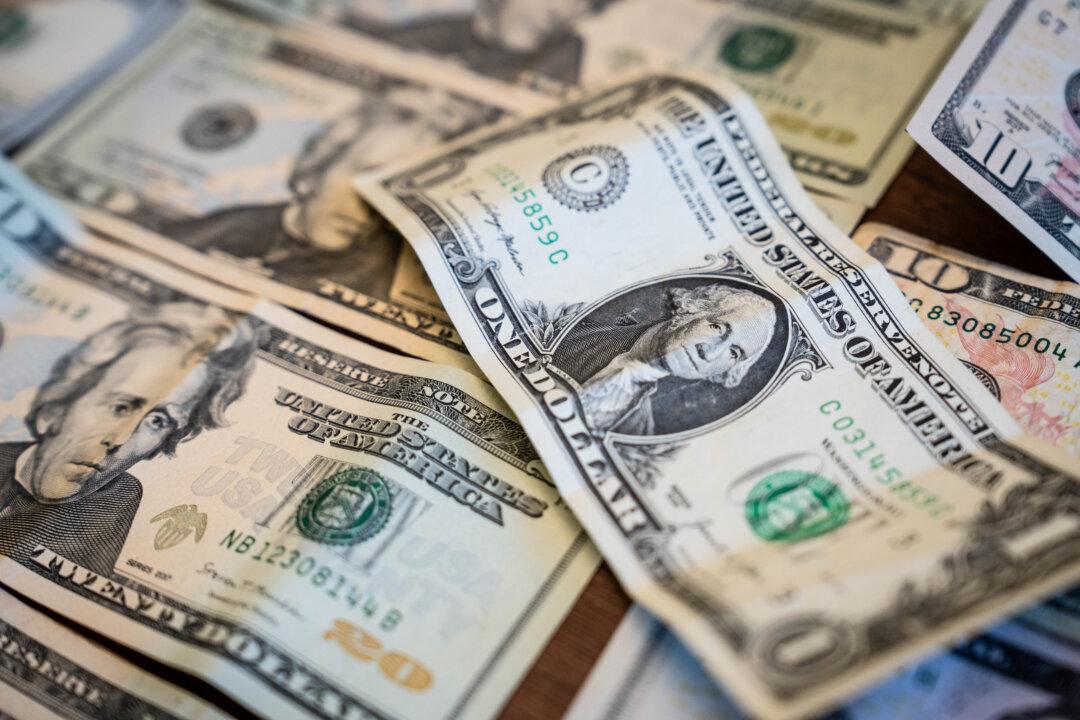The odds of recession are slowly rising now that crude oil prices are firmly above $110 per barrel, and the Ukraine–Russia military conflict is affecting global financial and commodities markets.
In the past couple of months, stagflation had been the talk of Wall Street as analysts and economists debated the weight of rampant price inflation on growth prospects at home and abroad. But the fallout of Moscow’s invasion of Ukraine has exacerbated many of the challenges that already threatened the global economy before the pandemic.





